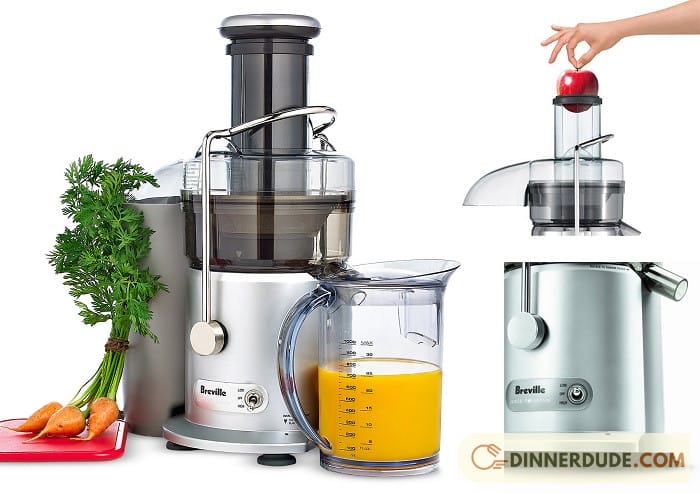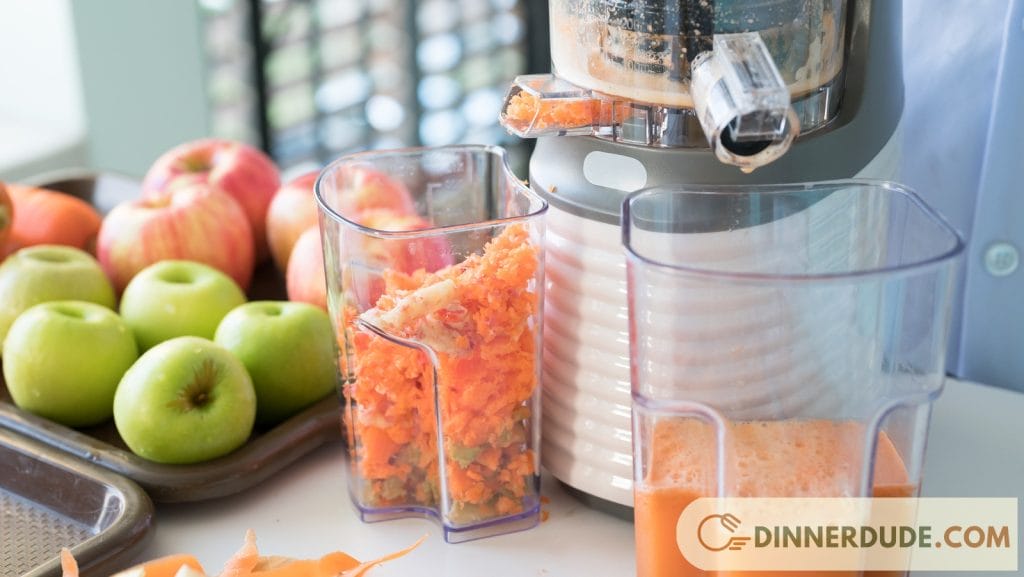Understanding the Mechanism of Juicing

In the pursuit of extracting liquid goodness from fruits and vegetables, concerns about potential nutrient loss have surfaced. Join us as we navigate through the intricacies of juicing, dissecting the impact of various juicing methods on the nutritional value of your favorite beverages.
We aim to uncover the truth behind the juicing process, separating fact from fiction, and providing you with insights to make informed decisions about your daily dose of vitality.
So, let’s delve into the heart of the matter and unravel the mysteries of whether juicers truly compromise the precious nutrients nature has to offer.
The Process of Juicing
Juicing essentially involves extracting the liquid content from fruits and vegetables. This process separates the juice, which contains the majority of the vitamins, minerals, and plant chemicals (phytonutrients), from the pulp or fiber.
Consequently, consuming the juice allows these nutrients to be quickly absorbed into your bloodstream.
However, it’s important to note that while juicing may increase the availability of certain nutrients, it also removes the fiber content. Dietary fiber plays a crucial role in promoting gut health and aiding digestion.
Therefore, while juicing can be a convenient way to increase your intake of nutrients, it should not fully replace whole fruits and vegetables in your diet.
Types of Juicers and Their Impact on Nutrients
There are two main categories of juicers: centrifugal and masticating. Centrifugal juicers operate by employing a high-speed blade to break down fruits or vegetables, a process that generates heat. Concerns arise regarding the potential destruction of enzymes or nutrients due to this heat.
In contrast, masticating juicers, also known as cold-press juicers, grind fruits and vegetables into pulp at a slower pace. These juicers use a hydraulic press to extract the juice. The slower, cold-press technique minimizes heat production, preserving a greater amount of enzymes and possibly resulting in a more nutritionally rich juice.
Do juicers destroy nutrients?

While it is indeed accurate that nutrient loss can occur due to the effects of heat and processing, the specific impact of juicing on nutrient destruction remains somewhat ambiguous.
Several studies suggest that centrifugal juicers may lead to slightly lower levels of vitamins such as C and A when compared to masticating juicers. Nevertheless, this difference is generally not substantial, and both types of juices continue to provide essential nutrients.
Furthermore, the nutrient content is susceptible to storage conditions and duration. Freshly made juice that is consumed immediately tends to retain more nutrients compared to juice stored for an extended period.
The degradation of specific nutrients over time is influenced by factors such as exposure to light, heat, and air. Therefore, the storage process and environmental conditions play a crucial role in maintaining the optimal nutritional value of the juice.
Keeping nutritional losses in juice to a minimum
To minimize the loss of dietary fiber in the juicing process, a practical approach is to reintegrate some of the extracted pulp back into the juice. According to guidance from the Academy of Nutrition and Dietetics, this not only helps in retaining fiber but also offers an opportunity to repurpose the pulp for enhancing other culinary creations. The pulp can be incorporated into cake or muffin mixes, added to boiled rice, or used to enrich the flavors of soups.
For those seeking an alternative to traditional juicing, using a food processor or blender presents another viable option. This method preserves the fiber-rich pulp in the juice, contributing to a more substantial and satisfying beverage. The inclusion of fiber in the juice can have additional benefits, such as promoting a feeling of fullness for a more extended period.
A study examining different juice extraction methods sheds light on the advantages of blending over traditional juicing. The research suggests that juices created by blending whole fruits exhibit higher levels of phenolic compounds and demonstrate stronger antioxidant activities compared to juices produced by extracting only the fruit flesh. This underscores the potential nutritional advantages of incorporating the entire fruit into the juicing process.
However, it’s important to consider that the choice between juicing and blending may influence specific nutritional aspects of the resulting juice. A notable finding from the study indicates that, despite the higher phenolic compounds and antioxidant activities in blended juices, those processed by traditional juicing methods had significantly elevated levels of vitamin C, particularly in apple, pear, and mandarin orange juices.
In conclusion, the decision on whether to reintegrate pulp, use a food processor or blender, or opt for traditional juicing depends on individual preferences and nutritional goals. Each method has its unique advantages, and understanding the nuances can empower individuals to make informed choices based on their dietary needs and preferences.

In conclusion, while juicing may lead to some loss of nutrients due to heat and processing, this loss is generally minimal, especially when the juice is consumed promptly. Juicing can be a beneficial addition to a balanced diet, particularly for people who struggle to consume enough fruits and vegetables.
However, it’s important to remember that it doesn’t replace whole fruits and vegetables, which contain dietary fiber and other beneficial compounds that remain intact only in their whole form.